WWDC 2016: 5 Ways MacOS Puts Apple Head To Head With Windows 10

WWDC: Apple Versus Microsoft
During its Worldwide Developers Conference on Monday, Apple introduced a brand new, rebranded version of its desktop software for MacBooks, called MacOS.
While MacBooks typically run on OS X, Apple has rebranded the name of its OS to fit into its other software (including iOS and watchOS). Beyond the new name, however, the Cupertino, Calif.-based company showed off several new features on MacOS' new version and successor to El Capitan -- Sierra.
With MacOS Sierra, Apple takes several pages from Microsoft's book, and more closely competes with the enterprise-focused Windows 10. Following are five features on MacOS Sierra, which will be available to users in the fall, that put the two desktop operating systems head to head.
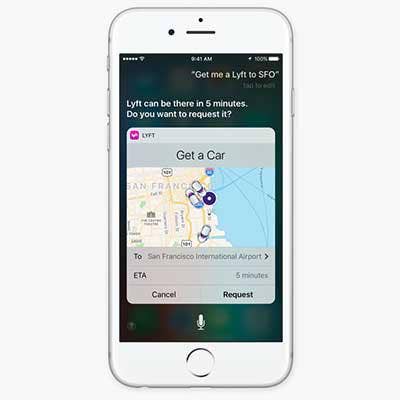
Siri On Mac -- Versus Cortana
Arguably one of the largest new features on MacOS is Siri -- Apple users will now be able to use Apple's personal digital assistant on their MacBooks.
For example, when MacBook users vocally command her to, Siri can quickly bring up files that were worked on during the previous week. This feature is strikingly similar to Microsoft's personal assistant on Windows 10, Cortana, and helps Apple get up to speed with artificial intelligence on desktops.
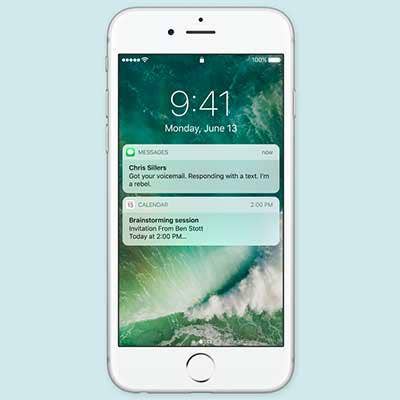
Continuity Feature -- Auto-Unlock
Like Microsoft's Windows 10, Apple's MacOS Sierra taps into the Apple ecosystem, with new features that promote continuity.
"With MacOS Sierra, we place a big focus on continuity," said Craig Federighi , Apple's vice president of Mac Software Engineering. "Users can use secure peer-to-peer wireless protocols to do one task across their devices seamlessly."
One such feature on MacOS is auto-unlock, which allows a MacOS user to unlock his or her MacBook securely by just wearing his or her Apple Watch. Microsoft's Windows 10 does not have a feature that is exactly like this, but it does tout Windows Hello, which is a personalized way to sign in to devices, using just user facial recognition or a touch.
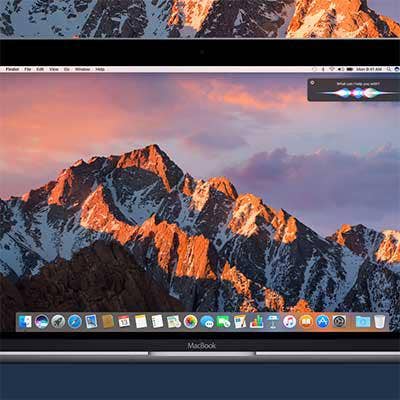
Another Continuity Feature -- iCloud Drive
Another way that Apple's MacOS Sierra promotes continuity is through its iCloud Drive.
Now, when a user has both an iPhone and a MacBook, the user will be able to copy text from the iPhone and paste it on the MacBook. Or, users can store documents into their iCloud Drives from their MacBooks and retrieve the documents on their iPhones.
The idea behind this feature is similar to Windows Continuum, which enables computing experiences across multiple devices, allowing for a consistent user interface.
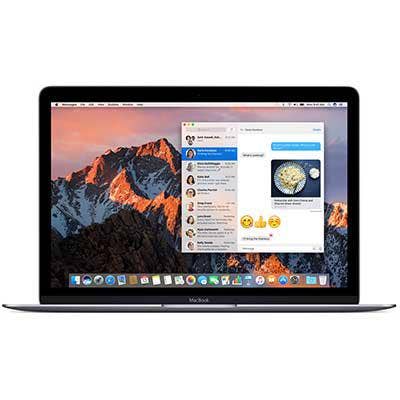
Optimized Storage
Apple introduced an Optimized Storage feature on its MacOS Sierra, catching up with Microsoft's Windows storage capabilities. The new feature sweeps through old files on MacBooks and pushes them into the iCloud, clearing up local disk space. Microsoft's Windows 10, meanwhile, uses a File System to manage how files are stored and accessed on PCs.
In a test situation cited by the company, Apple freed up 130 GB of local storage with Optimized Storage. "We love using Macs, but sometimes the disk can be almost full," said Federighi. "Now, users can make room for new files by keeping older ones in the cloud."
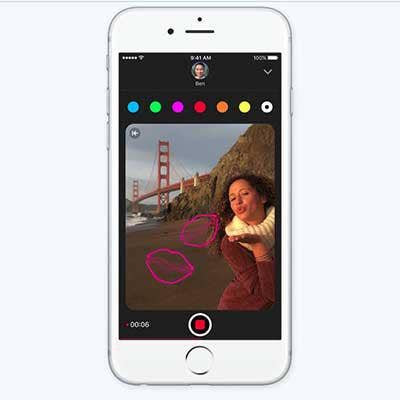
Multitasking -- Picture In Picture
Finally, MacOS will support multitasking features for end users, including picture in picture. This productivity feature enables users to watch videos in a smaller picture while working on a document.
Microsoft, meanwhile, supports an array of productivity features for Windows 10 -- including task view and keyboard shortcuts. But the company will reportedly introduce a picture in picture feature on its Windows 10 platform during its Windows Anniversary Update.